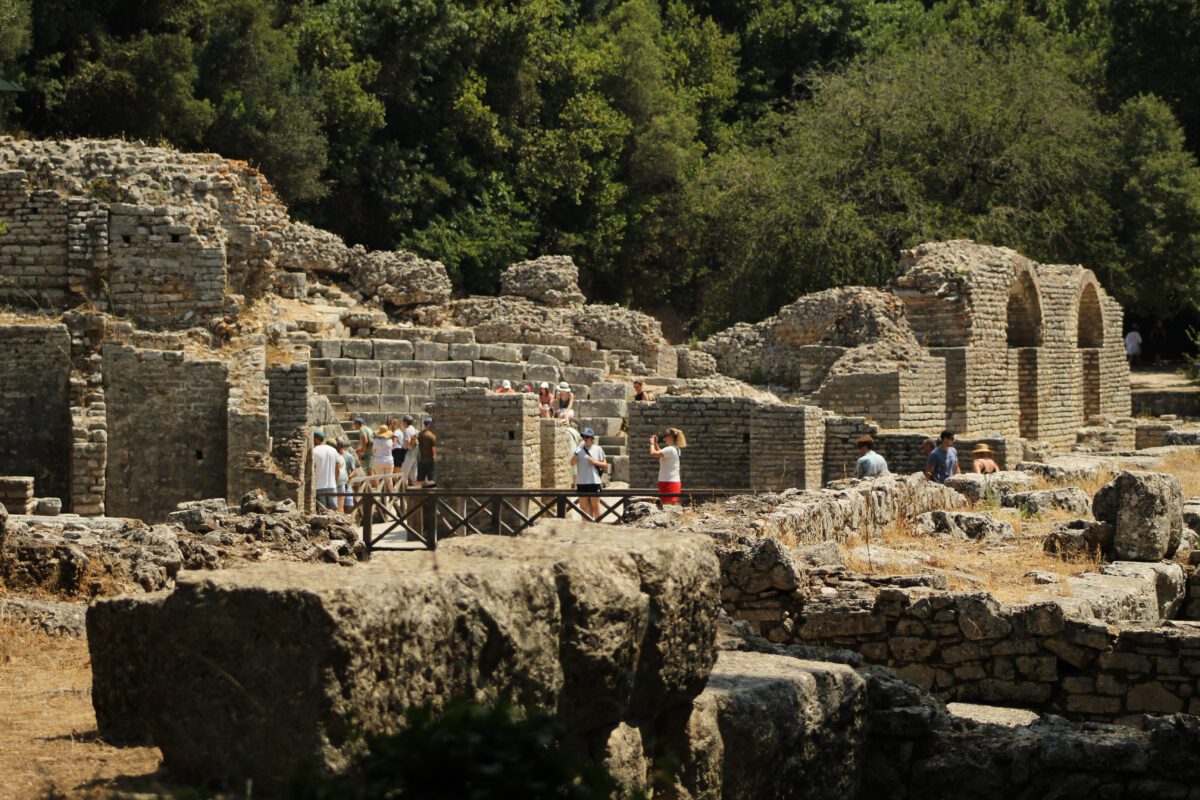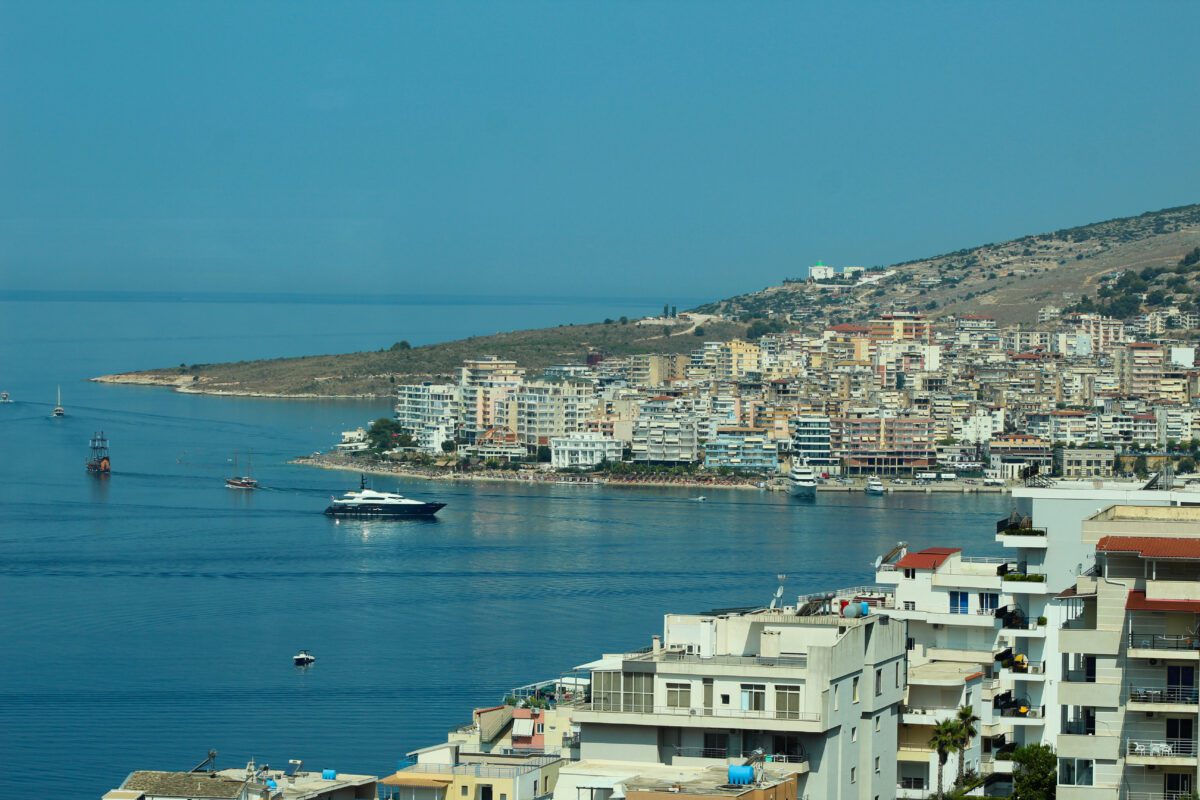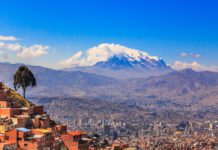Unexpected and delightful, the Albanian Riviera provides quite the getaway. Whether you travel directly there or ferry over from the Greek island of Corfu, you’ll enjoy your time in this enigmatic country. Often overlooked as a Mediterranean country, Albania has stunning coastal scenery, as well as gloriously untamed vegetation.
Located in the Ionian Sea, Albania sits within the serenity of that vista. The city of Saranda offers a variety of excursions. Its name is the Greek word for “forty” since it’s named for the Monastery of the Forty Saints. The port town sparkles with sunshine and florals, and tour buses transport you up the winding town roads for a scenic drive. Albania is experiencing a sort of “renaissance” in recent decades after political changes in 1991; after an oppressive political regime, it finally opened its borders to foreigners. Resorts and lovely hotels decorate the hillside along the route to the famous and historic archeological site of Butrint (a UNESCO site).
Butrint was an ancient Greek, and later Roman and Ottoman, settlement. Ensconced in the forests of the southern border of Albania, Butrint actually overlooks Corfu, Greece. Surrounded by wetlands and marshes, the ancient ruins are an interesting combination of archeology and wilderness. You’ll tour the theater, two castles, the remaining city walls and baptistery all located within the verdant, natural setting.
Butrint, derived from the word, “Buthrotos,” means “wounded bull.” This symbolism comes from the myth of a bull escaping from the nearby island of Corfu, and returning to the mainland of Albania, thus becoming a sign from the gods to build a settlement in that particular spot. Reportedly in later years, Julius Caesar utilized it as a Roman colony for his soldiers who defended him in Pompeii. Butrint was a significant trading center and port, but once the marshes formed around it, the site was eventually deserted. The wetlands are picturesque and the nearby cafes set among the wooded environs are a welcome respite after touring the site.

The Balkan cuisine of Albania is utterly delicious. Enjoy a lunch or dinner buffet under draping bougainvillea and a view of the port before taking a seaside promenade stroll spent at one of the many sparkling beaches. Family-friendly aquatic activities and an abundance of ice cream shops are part of the fun. Fresh seafood is one of the many culinary options – but keep in mind that there’s a variety of cuisine. The ever-changing microclimates and landscapes in Albania contribute to the huge array of crops. From the Albanian Alps to the central plains and the coastal fishing, there are many opportunities for agritourism. You can learn to cook traditional meals and experience farm to table excursions. Some excursions offer a visit to a rescue animal farm, learning how to milk a goat, taking a cooking class and enjoying a five-course meal.
From misty fortresses to medieval monasteries, agritourism and beach resorts, Albania is diverse. This travel writer considers it to be a burgeoning tourist destination due to its idyllic location but also the effort of the citizens striving to elevate its reputation. The latter was evident in the safety and hospitality of the city of Saranda where tour guides emphasized the importance of improving the formerly negative atmosphere of crime.
Other highlights along the riviera include the Blue Eye, which is a naturally occurring phenomenon that resembles a human eye. People jump into its turquoise waters which are so crystal-clear, its depth is visible. Highlights like the latter are part of why Albania can be enjoyed approximately year-round due to its 300 days of sunshine and comfortable temperatures.

























